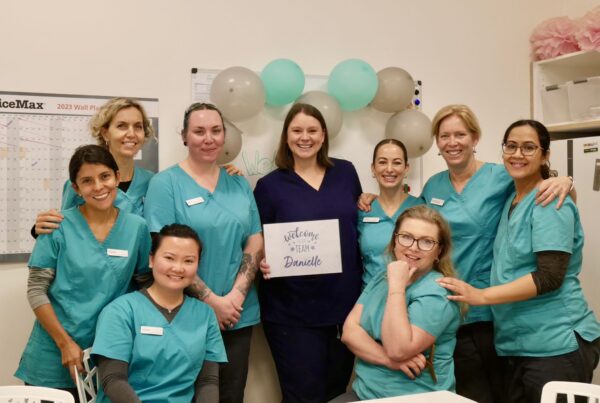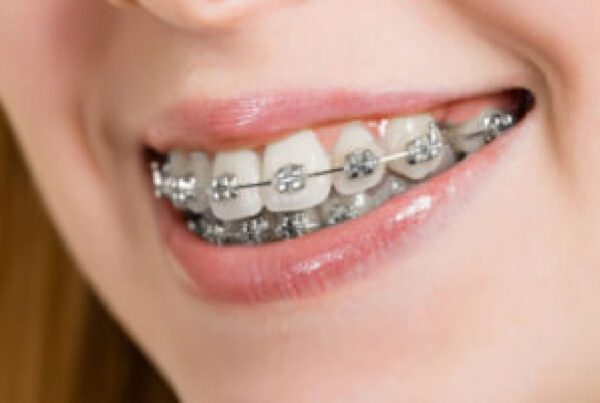If you’re considering orthodontic treatment, you’ve probably heard about aligners. There are many aligners available, including Invisalign®, Spark, SureAligners and Angel Aligners. In this post, we’ll answer five of the most common questions our patients ask.
1. What are Aligners?
A modern alternative to traditional metal braces, aligner treatment is orthodontic
treatment consisting of several clear, overlay trays or templates known as aligners.
Aligner treatment is popular with teenagers and adults for several reasons. Firstly, it is more
comfortable than traditional treatments – aligners are made from medical-grade
plastic with no metal components. And, because aligners are removable, they are
easy to clean. Just as importantly, though, clear aligners are designed to be almost
invisible.
2. Will Aligners work for me?
For mild-to-moderate orthodontic issues, the answer is usually yes. There are some situations, though, that may require more traditional treatments.
When Aligners may not be effective:
- Severe overbites (very deep bite): In this case, fixed braces, or a combination of fixed and aligners may be a better option.
- Large gaps: Aligners can fix small gaps in your teeth. For large gaps, when extractions are necessary to create room to align the teeth, fixed braces may be more suitable.
- Severe Malocclusion (bad bite) related to jaw discrepancy: This is when your upper and lower jaws don’t align when your mouth is closed. With severe cases, traditional braces may be best.
- Uncommon shapes or positions: Aligners may not be suitable if you have short or pegged teeth or if they are too rotated.
3. What happens if my treatment isn’t working?
At Totara Orthodontists, we work hard to select the right treatment for our patients. If for some reason your treatment isn’t working out, though, you can switch to dental braces or a hybrid of braces and aligners. However, after being assessed for and then embarking on aligners, it is highly unusual for a patient to need to switch treatment, in part, because we use Dental Monitoring, an app that allows us to track your treatment remotely, in a smart and efficient way.
4. Do Aligners hurt?
Aligners are removable and manufactured from smooth and flexible plastic, which removes the discomfort that you can experience with fixed metal braces. So, aligners are one of the most comfortable options available. It doesn’t hurt to wear aligners. However, at the start, when your teeth are getting used to moving, they will feel tender but less so than with braces and not for as long. Each time you change your aligners, you will feel some discomfort as the new set will be a slightly different shape. However, again, you will feel less discomfort than with fixed braces adjustments.
5. How long does treatment take?
The duration of your treatment will depend on the complexity of your case. For simple issues that affect just a few teeth, treatment may only take a couple of months. More complex orthodontic issues can take several years. Having said that, though, on average, treatment takes between 12-18 months. To stay on track with your treatment, it’s important to wear your aligners for the recommended 22 hours per day.



